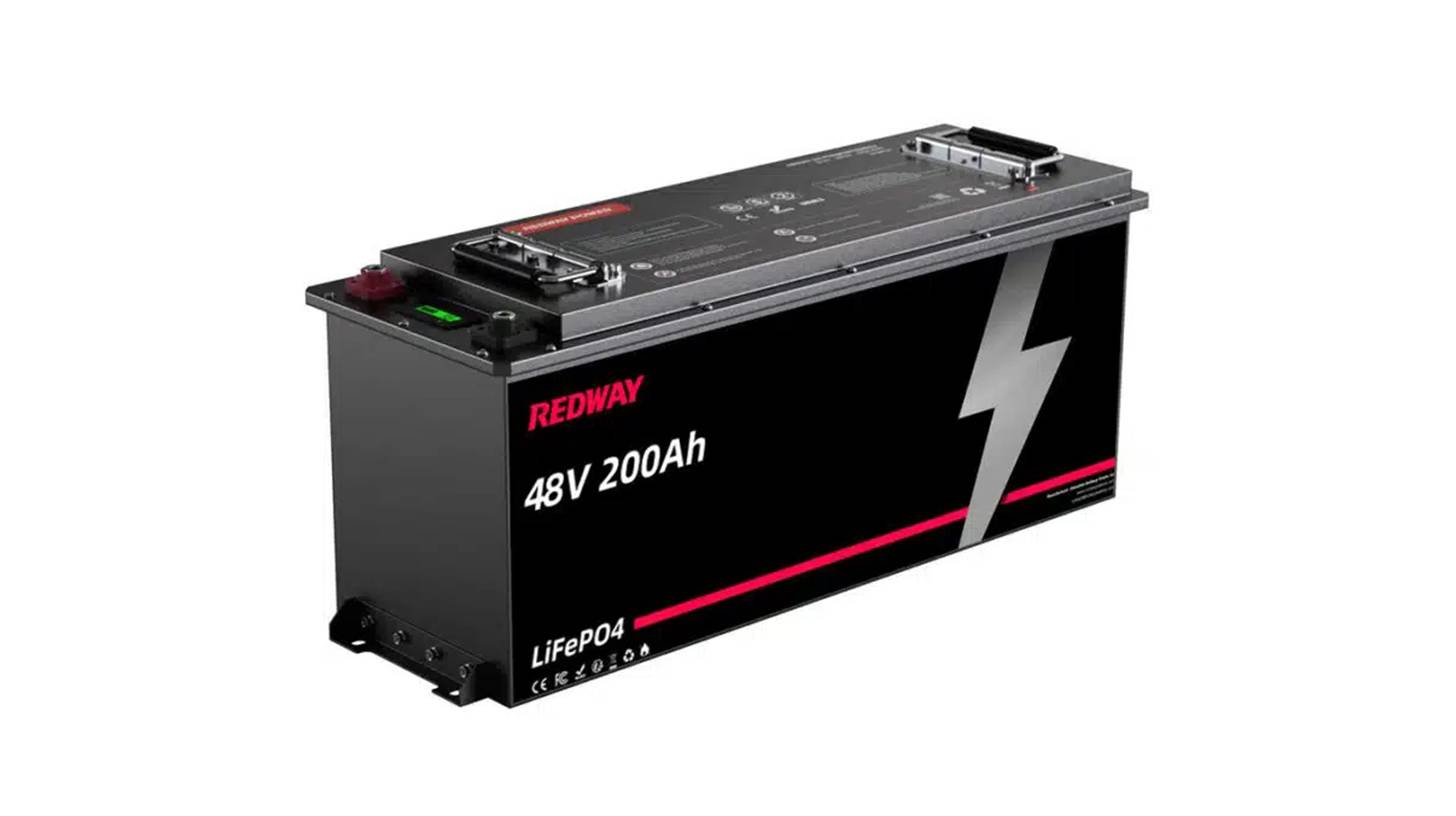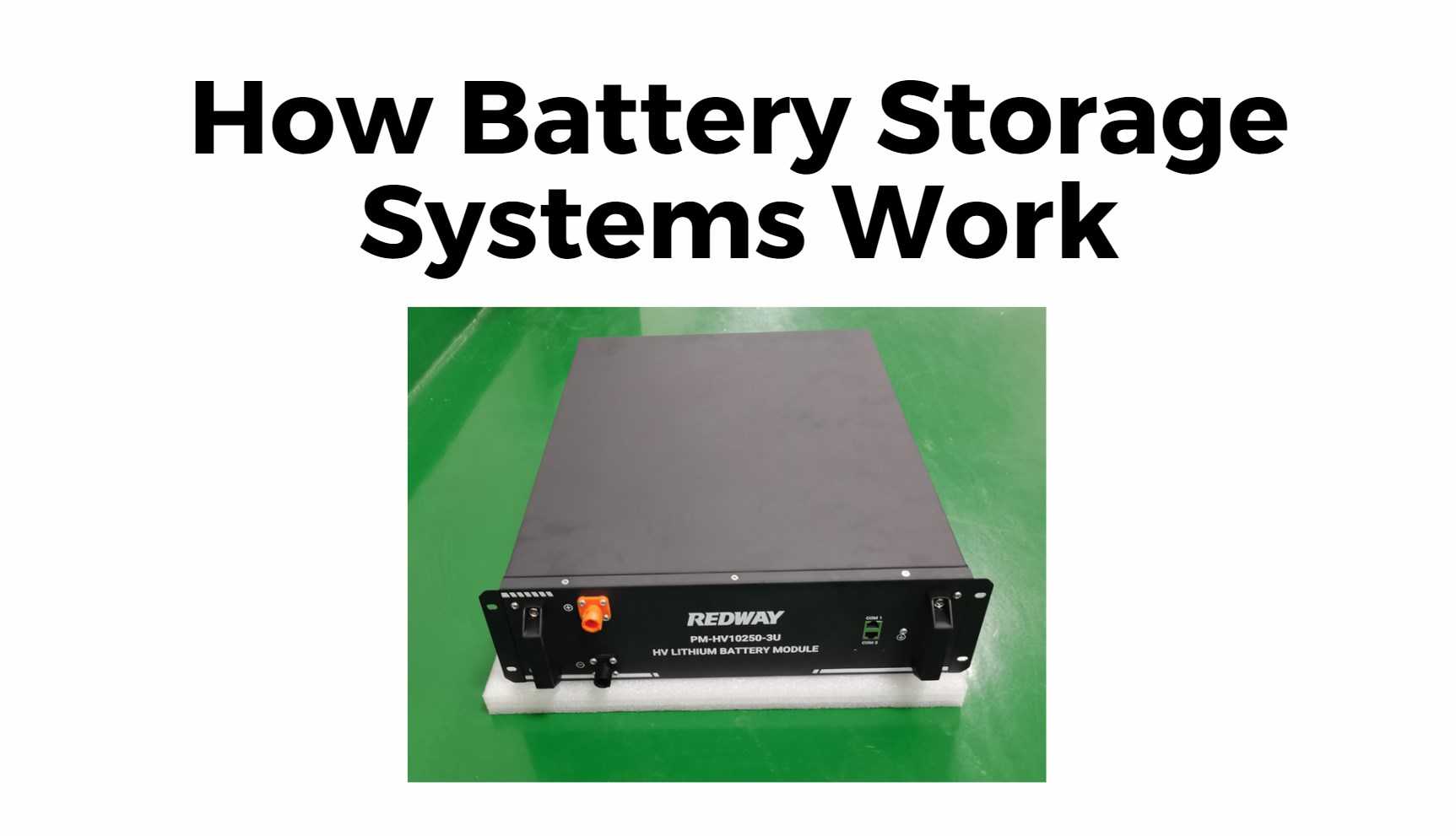As the world increasingly shifts towards renewable energy sources, the demand for effective energy storage solutions has never been more critical. Batteries play a pivotal role in this transition, enabling the storage of energy generated from solar, wind, and other renewable sources for later use. This article will explore various battery technologies, their applications, and the factors to consider when selecting the right solution for energy storage.
Types of Battery Technologies for Energy Storage
1. Lithium-Ion Batteries
Lithium-ion batteries are among the most popular choices for energy storage due to their high energy density, lightweight design, and long cycle life. Within this category, LiFePO4 batteries (Lithium Iron Phosphate) have gained significant traction.
Wholesale lithium golf cart batteries with 10-year life? Check here.
Advantages of Lithium-Ion Batteries:
- High Energy Density: Lithium-ion batteries can store more energy in a smaller space compared to other battery types.
- Long Cycle Life: Many lithium-ion batteries can endure over 2000 charge cycles without significant degradation.
- Low Self-Discharge Rate: These batteries retain their charge longer when not in use.
Applications:
Want OEM lithium forklift batteries at wholesale prices? Check here.
- Electric vehicles (EVs)
- Renewable energy systems (solar and wind)
- Portable electronics
2. Lead-Acid Batteries
Lead-acid batteries have been used for over a century and are still prevalent in various applications due to their reliability and cost-effectiveness.
Advantages of Lead-Acid Batteries:
- Cost-Effective: Generally cheaper than lithium-ion batteries, making them accessible for many users.
- Robustness: Known for their durability and ability to perform well in harsh conditions.
Applications:
- Automotive starting batteries
- Uninterruptible power supplies (UPS)
- Backup power systems
3. Flow Batteries
Flow batteries utilize two electrolyte solutions separated by a membrane. They are particularly suitable for large-scale energy storage applications due to their scalability.
Advantages of Flow Batteries:
- Scalability: Easy to increase capacity by adding more electrolyte.
- Long Lifespan: Can last longer than traditional batteries with minimal degradation.
Applications:
- Grid energy storage
- Renewable energy integration
- Large-scale backup power systems
Factors to Consider When Selecting Battery Solutions
1. Energy Density vs. Power Density
When choosing a battery solution, it’s essential to understand the difference between energy density (amount of energy stored per unit volume) and power density (rate at which energy can be delivered).
- Energy Density is crucial for applications requiring long runtimes, such as electric vehicles.
- Power Density is vital for applications needing quick bursts of power, such as power tools or grid stabilization.
2. Cycle Life and Longevity
The cycle life of a battery refers to how many complete charge-discharge cycles it can undergo before its capacity significantly degrades. For instance:
| Battery Type | Average Cycle Life | Typical Applications |
|---|---|---|
| Lithium-Ion (LiFePO4) | 2000 – 5000 cycles | EVs, solar storage |
| Lead-Acid | 500 – 1000 cycles | Automotive, UPS |
| Flow Batteries | 10,000+ cycles | Grid storage |
3. Cost Considerations
While initial costs are important, it’s essential to consider the total cost of ownership over the battery’s lifespan. This includes maintenance costs, replacement frequency, and efficiency losses over time.
4. Environmental Impact
As sustainability becomes increasingly important, consider the environmental impact of your chosen battery technology:
- Lithium-ion batteries have a lower carbon footprint when used in renewable applications.
- Lead-acid batteries are recyclable but involve hazardous materials that require careful disposal.
Latest Innovations in Battery Technology
As of October 2024, advancements in battery technology continue to evolve rapidly:
Solid-State Batteries
Solid-state batteries are emerging as a promising alternative to traditional lithium-ion technologies. They utilize solid electrolytes instead of liquid ones, offering improved safety and higher energy densities.
Recycling Technologies
Innovations in recycling processes are making it easier to recover valuable materials from used batteries, reducing waste and environmental impact.
FAQs About Battery Solutions for Energy Storage
1. What is the best battery type for solar energy storage?
Lithium-ion batteries, particularly LiFePO4 types, are often considered the best choice due to their high efficiency and long cycle life.
2. How do I determine the right battery capacity for my needs?
Calculate your daily energy consumption and consider peak usage times to determine the required capacity. It’s advisable to consult with an expert if you’re unsure.
3. Are there safety concerns with lithium-ion batteries?
While generally safe when used correctly, lithium-ion batteries can pose risks if overcharged or damaged. Always use quality chargers and follow manufacturer guidelines.
4. How long do lead-acid batteries typically last?
Lead-acid batteries usually last between 3 to 5 years, depending on usage conditions and maintenance practices.
Conclusion: Choosing the Right Battery Solution for Energy Storage
In conclusion, selecting the right battery solution for energy storage involves understanding various technologies’ advantages and limitations. By considering factors such as energy density, cycle life, cost-effectiveness, and environmental impact, we can make informed decisions that meet our specific needs while contributing to a sustainable future.At Redway Battery, we specialize in manufacturing high-quality lithium LiFePO4 batteries tailored to meet diverse needs across various applications. For quick quotes on custom solutions or wholesale inquiries, feel free to contact us today!







